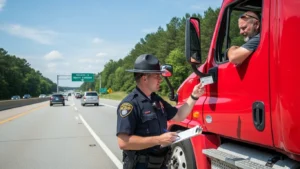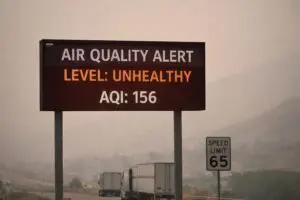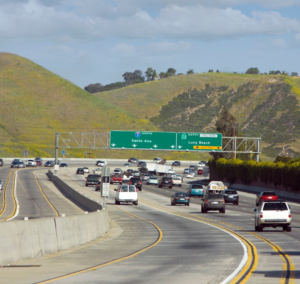Though the polar vortex has always existed, its effects have gained attention in recent years due to increasingly extreme weather.
The United States is currently grappling with severe winter storms, impacting over 60 million people across the country’s eastern regions. These extreme cold spells, with temperatures plummeting as low as -50°C (-60°F), are driven by an atmospheric event known as the polar vortex.

What is the Polar Vortex?
The polar vortex refers to an area of cold, fast-rotating air that surrounds the Arctic. This phenomenon has two primary types:
- Tropospheric Polar Vortex: Occurs in the lower atmosphere where weather events typically take place. It often leads to milder weather across northern latitudes.
- Stratospheric Polar Vortex: Develops 10–30 miles (16–48 km) above the Earth’s surface, forming in autumn and dissipating by spring. This type is responsible for the severe cold spells seen when it weakens.
Under normal conditions, the polar vortex spins in a stable, circular pattern around the North Pole. However, when disrupted by rising warm air or significant weather systems, the frigid winds can expand southward. This weakening allows Arctic air to reach regions as far south as the Gulf Coast and Florida.

Impact of Polar Vortex Events
While the polar vortex is a natural part of atmospheric circulation, its weakening can lead to extreme weather events. For example, the 2013-2014 polar vortex caused record-breaking cold temperatures and heavy snowfall across the US and Canada. New York, Chicago, and Philadelphia experienced some of their coldest winters on record, with the Great Lakes freezing to levels not seen in decades.
Climate Change and the Polar Vortex
The link between climate change and the polar vortex is an ongoing area of research. Some studies suggest that global warming, which causes the Arctic to warm faster than other regions, weakens the vortex. This destabilization may lead to more frequent or intense cold air outbreaks. As the temperature difference between polar and mid-latitude regions decreases, the polar jet stream – a key driver of the vortex – becomes less stable, enabling cold air to dip further south.

Preparing for Winter Weather
According to Centers for Disease Control and Prevention (CDC), with the increasing unpredictability of polar vortex events, preparation is essential:
- Home Readiness: Insulate pipes, seal windows, and ensure your heating system is functional.
- Car Maintenance: Check antifreeze levels, tires, and keep an emergency kit in your vehicle.
- Emergency Supplies: Stock up on essentials like food, water, blankets, and flashlights.
- Pet Safety: Bring pets indoors or provide warm shelter.
Winter storms can disrupt power, communication, and transportation, making advance planning crucial to ensure safety.

A Recurring Yet Unpredictable Phenomenon
Though the polar vortex has always existed, its effects have gained attention in recent years due to increasingly extreme weather. While these cold events are not annual, understanding and preparing for their impacts can mitigate their challenges.

U.S. labor market raises red flags on Wall Street
The U.S. labor market closed 2025 with clear signs of weakening, as evidenced by the latest employment data released in December. In the latest episode

DOT finds half of North Carolina CDLs were issued illegally
The DOT warns that half of North Carolina’s CDL licenses are irregular after a federal audit uncovered serious compliance failures. The findings directly affect truckers, fleets, and transportation companies, raising urgent questions about road safety, legal operations, and the future of the trucking industry.

California’s Unhealthy Air: Impacts on Trucking and Freight
Unhealthy Air Quality in California: What Repeated Pollution Alerts Mean for Trucking and Freight Operations

Global Road Freight on Track to Hit USD 5 Trillion by 2033
Global Road Freight on Track to Hit USD 5 Trillion by 2033 as e-commerce growth, supply chain restructuring, and technology adoption accelerate demand for road-based cargo transport worldwide.

California misses DOT deadline risking $160 million in federal funding
The state of California has reached the deadline set by the DOT to take action regarding the situation involving the number of non-domiciled CDLs issued

Health on Wheels: How to Prevent the Most Common Conditions on the Road
Health on wheels matters for anyone who spends long hours on the road. How to prevent the most common physical and mental conditions and maintain healthier routines while working behind the wheel.
